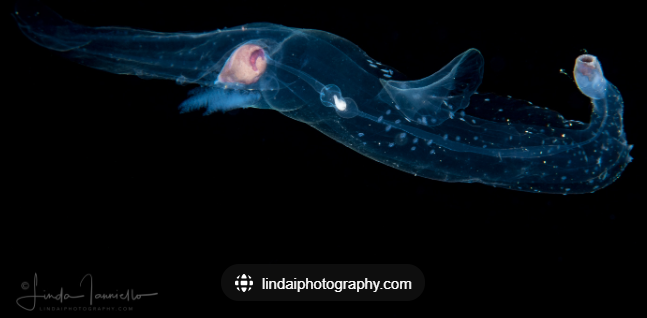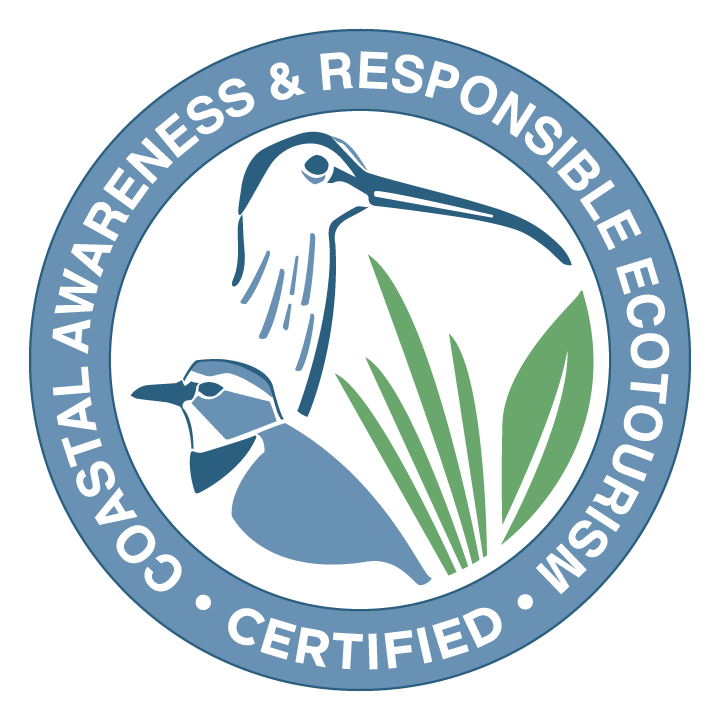Gastropods
Introduction
Gastropods are a group of animals that includes snails and slugs. The word comes from ‘gastro‘ meaning stomach and ‘pod‘ meaning food as all animals in this group have a muscular foot which they use to move around. All gastropods also have a shell, this is present in some members, but it can also be reduced or completely missing. Common gastropods we often see on our beaches include whelks and conchs and they start off as plankton before they grow to their adult size!
Pteropods

Pteropods are small marine snails. Most have a reduced shell, or no shell, which is an adaptation that has occurred over time to prevent them from sinking. Pteropods live in the near the sea surface and sometimes live at the surface level.
All snails have a muscular foot to move around, pteropods use this slightly differently. They have modified their foot into a pair of wing-like flaps that they use to swim through the water. These are called parapodia. When we think of snails we picture them with a shell, but some Pteropods have evolved to lose their shell, or have a smaller one, to stop them from sinking!
They have a cone shaped body with two lobes at the wider end. The cones can range in length, and they have a dark color. Many call them ‘Sea Butterflies’ which is a fun way to remember their structure. When viewing them from above you can see the full cone body, but if the image is from the front the body will look more circular.
Heteropods

Heteropods look very gelatinous, and lack a shell, but do belong to the gastropods. They have the nickname ‘sea elephant‘ due to having a proboscis. They are not common but sometimes appear in samples.
They only swim when they are capturing prey or avoiding capture, the rest of the time they curl up into balls and are motionless. Heteropods have neutral buoyancy, so even when they aren’t swimming, they can stay in place and will not sink nor float (ScienceDirect Topics, n.d.) .
These creatures are usually very small but one over 30cm long was discovered in the Philippine Sea. Click below to take a look(Nautilus Live, 2024) !

.
.
Heteropods have a pretty unique shape. They have a snail shell-like structure and a trunk body. They will have two lobes and can have one or two ‘trunk’ structures attached to the end of their bodies.
Flash Card Practice
References
Lindaiphotography. (n.d.). Sea elephant heteropod (Carinariidae: Cardiapoda placenta) [Photograph]. Retrieved May 16, 2025, from https://lindaiphotography.com/wp-content/gallery/black-water-mollusks/Sea-Elephant-Heteropod-Carinariidae-Carinariid-Cardiapoda-placenta-02052018_077.jpg
Nautilus Live. (2024, November 25). Meet a huge sea elephant heteropod in Palau’s ocean [Video]. https://nautiluslive.org/video/2024/11/25/meet-huge-sea-elephant-heteropod-palaus-ocean
ScienceDirect Topics. (n.d.). Thecosomata – an overview. Elsevier. https://www.sciencedirect.com/topics/biochemistry-genetics-and-molecular-biology/thecosomata
Unknown author. (n.d.). [Photograph of deep-sea organism]. Retrieved May 16, 2025, from http://4.bp.blogspot.com/-4SKCNBsYHE0/TZN9IYFkC6I/AAAAAAAAAB8/_skvGlRIHRc/s1600/1268538399QZYvwYb.jpg
